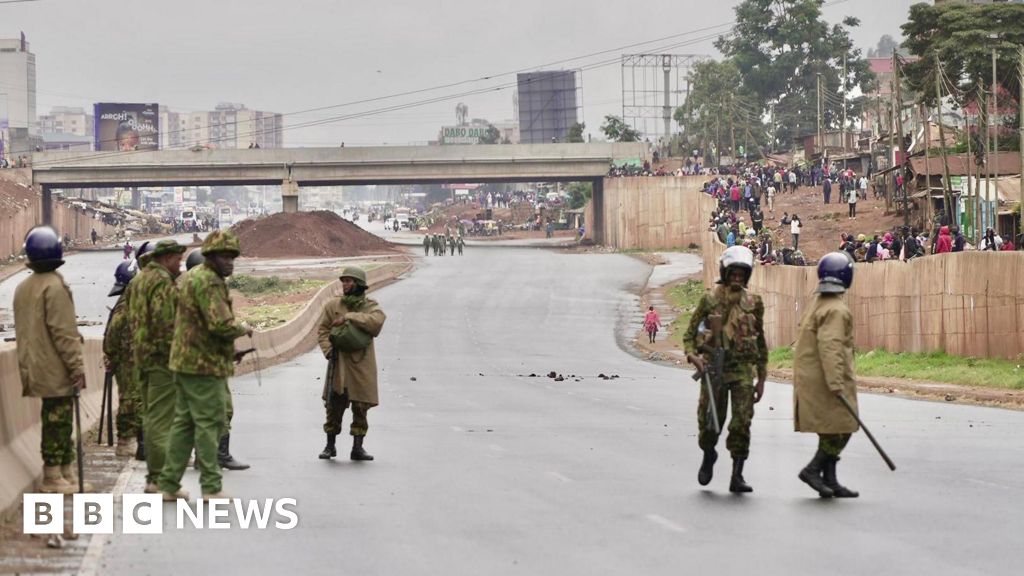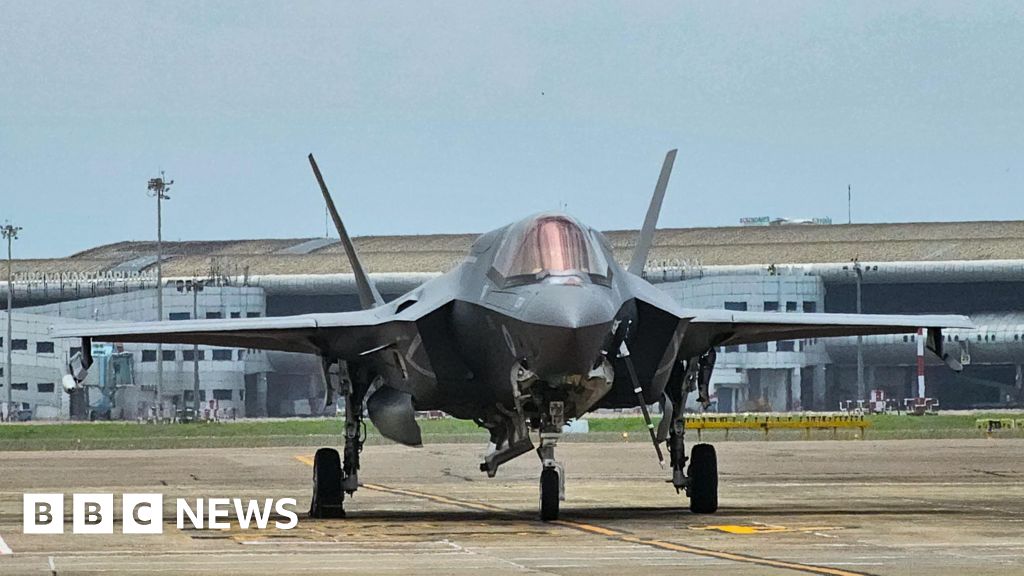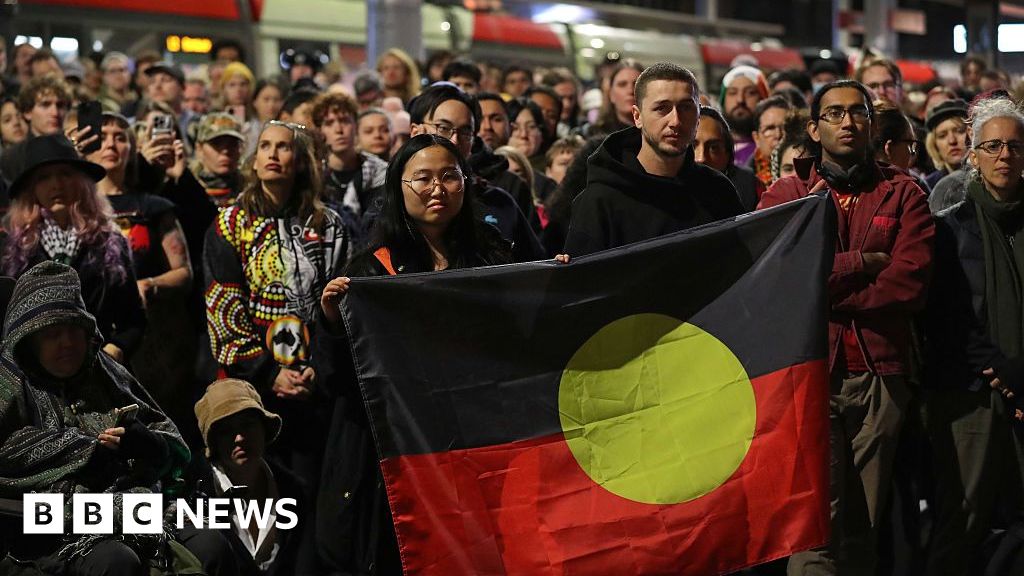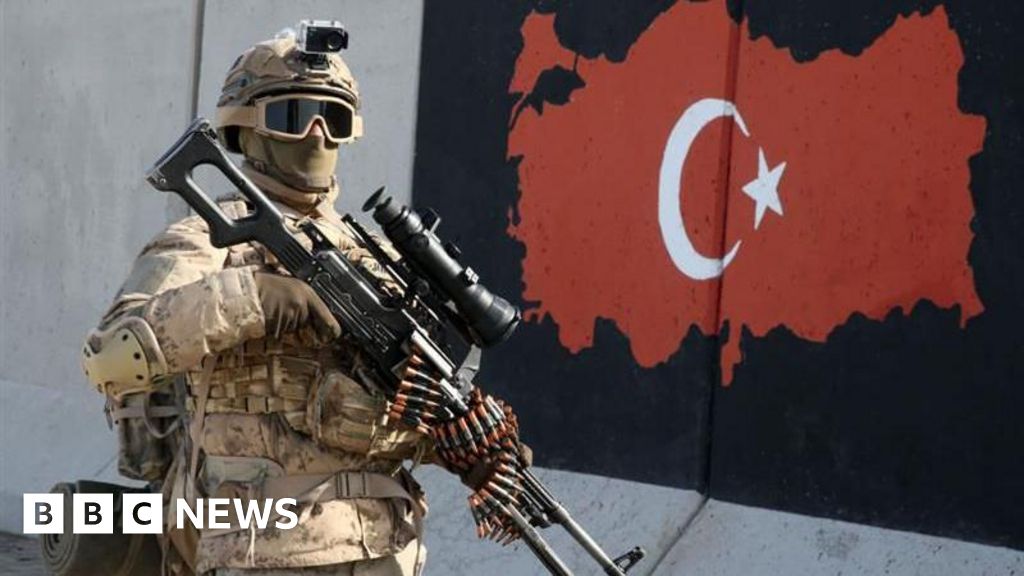India and Pakistan are on the precipice of a possible military confrontation, nearly two weeks after a deadly terrorist attack on the Indian-controlled side of the troubled Kashmir region set off aggressive statements between the archrival nations.
India has suggested that Pakistan was connected to the April 22 attack that killed 26 people, a claim that Pakistan has repeatedly denied.
Kashmir, a scenic valley in the Himalayas, is wedged between India and Pakistan, nuclear-armed countries that have struggled for control over the region for almost 80 years. Kashmiris have rarely had a say in their own fate.
Here is a history of the dispute.
1947
Fraught Beginnings
Contention over Kashmir began nearly as soon as India and Pakistan were formed.
In 1947, Britain divided India, its former colony, into two countries. One was Pakistan, with a Muslim majority. The other, made up mostly of Hindus, kept the name India. But Kashmir’s fate was left undecided.
Within months, both India and Pakistan had laid claim to the territory. A military confrontation ensued. The Hindu ruler of Kashmir, who had at first refused to abdicate his sovereignty, agreed to make the region part of India in exchange for a security guarantee, after militias from Pakistan moved into parts of his territory.
What followed was the first war that India and Pakistan would fight over Kashmir.
Years later, in 1961, the former ruler of Kashmir passed away in Bombay. In an obituary, The New York Times summarized his decision to cede the territory to India in words that would prove true for decades to come. His actions, the article said, had contributed to “a continuing bitter dispute between India and Pakistan.”
1949
A Tenuous Cease-Fire
In January 1949, the first war between India and Pakistan over Kashmir concluded after the United Nations intervened to broker a cease-fire.
Under the terms of the cease-fire, a line was drawn dividing the territory. India would occupy about two-thirds of the area, and Pakistan the other third.
The dividing line was supposed to be temporary, pending a more permanent political settlement.
1965
War Breaks Out Again
Tensions were already high between India and Pakistan in the summer of 1965. There had been a skirmish between their forces along the border earlier in the year, in an area south of Kashmir.
When Pakistan conducted a covert offensive across Kashmir’s cease-fire line in August, the fighting quickly escalated into a full-scale war. The clash was short-lived — only about three weeks long — but bloody.
In January 1966, India and Pakistan signed an agreement to settle future disputes through peaceful means.
But the peace would not last.
1972
An Official Division
After a regional war in 1971 that led to the creation of Bangladesh, Pakistan and India decided to revisit the unsolved issue of Kashmir.
In December 1972, the countries announced that they had resolved the deadlock over Kashmir’s cease-fire line. But little changed besides the designation. The temporary cease-fire line from 1949 became an official “line of control.” Each country retained the section of Kashmir that it had already held for more than 20 years.
While the agreement did little to change the status quo in Kashmir, it came with an aspiration to improve the volatile relationship between India and Pakistan.
Reporting on the deal from New Delhi, a Times correspondent wrote of the two countries: “Official sources here indicated that they were satisfied with the settlement, which they said had been reached ‘in an atmosphere of goodwill and mutual understanding.’”
During a period of particular political turmoil — aggravated in 1987 by disputes over local elections that many thought were rigged — some Kashmiris turned to militancy, which Pakistan would eventually stoke and support.
Over the next decade or so, state police in Kashmir recorded tens of thousands of bombings, shootouts, abductions and rocket attacks.
That violence began to moderate around the 2000s, but the years of intense insurgency had further eroded the fragile relationship between Pakistan and India.
1999
Peace Talks Come Up Short
As a new millennium neared, India and Pakistan seemed poised to establish a more permanent peace.
In a gesture of goodwill, Pakistan’s prime minister hosted his Indian counterpart for a weekend of jocular diplomacy in February 1999. No Indian prime minister had visited Pakistan in a decade.
The summit — between the leaders of adversaries that each now had nuclear arms — produced signed documents affirming their mutual commitment to normalizing relations.
“We must bring peace to our people,” Pakistan’s prime minister, Nawaz Sharif, said at a news conference, as Prime Minister Atal Bihari Vajpayee of India smiled at his side. “We must bring prosperity to our people. We owe this to ourselves and to future generations.”
Three months later, their countries were at war. Again, Kashmir was the point of discord.
Fighting broke out after infiltrators from Pakistan seized positions within the Indian-administered part of Kashmir. India claimed that the infiltrators were Pakistani soldiers, which Western analysts would also come to believe. Pakistan denied that its forces were involved, insisting that independent freedom fighters were behind the operation.
The war ended when Mr. Sharif called for the infiltrators to withdraw (he maintained all along that they were not Pakistani forces and that Pakistan did not control them). A few months later, Mr. Sharif was deposed in a military coup led by a Pakistani general who, it was later determined, had directed the military incursion that started the war.
After the war in 1999, Kashmir remained one of the world’s most militarized zones. Near-constant unrest in the territory brought India and Pakistan to the brink of war several times in the years that followed.
The last major flare-up was in 2019, when a bombing in Kashmir killed at least 40 Indian soldiers. Indian warplanes conducted airstrikes in Pakistan in retaliation, but the conflict de-escalated before becoming an all-out war.
A more lasting move came later that year, when the Indian government stripped Kashmir of a cherished status.
For all of Kashmir’s modern history — since its Hindu ruler acceded to India — the territory had enjoyed a degree of autonomy. Its relative independence was enshrined in India’s Constitution. But in August 2019, India’s prime minister, Narendra Modi, rolled back Kashmir’s privileged status.
The crackdown came with a quick succession of draconian measures: Thousands of Indian troops surged into the territory. Internet connections were severed. Phone lines were cut. Mr. Modi’s government began directly administering the territory from New Delhi, and it imprisoned thousands of Kashmiris, including political leaders who had long sided with India in the face of separatist militancy.
The government’s heavy-handed approach stunned observers around the world. But the results, as far as India was concerned, justified the means. A new era of peace seemed to ensue. Acts of terrorism declined. Tourism flourished.
It was an illusion.
2025
A Terrorist Attack
On April 22, militants shot and killed 26 people, mostly tourists from different parts of India, near Pahalgam, Kashmir. Seventeen others were wounded.
It was one of the worst attacks on Indian civilians in decades.
Almost immediately afterward, Indian officials suggested that Pakistan had been involved. Mr. Modi, the prime minister, vowed severe punishment for the perpetrators and those giving them safe haven, though he did not explicitly mention Pakistan.
Pakistan swiftly denied involvement and said it was “ready to cooperate” with any international inquiry into the terrorist attack. But India was not placated. Since then, its leaders have seemed to be building a case for military confrontation.
Source link















